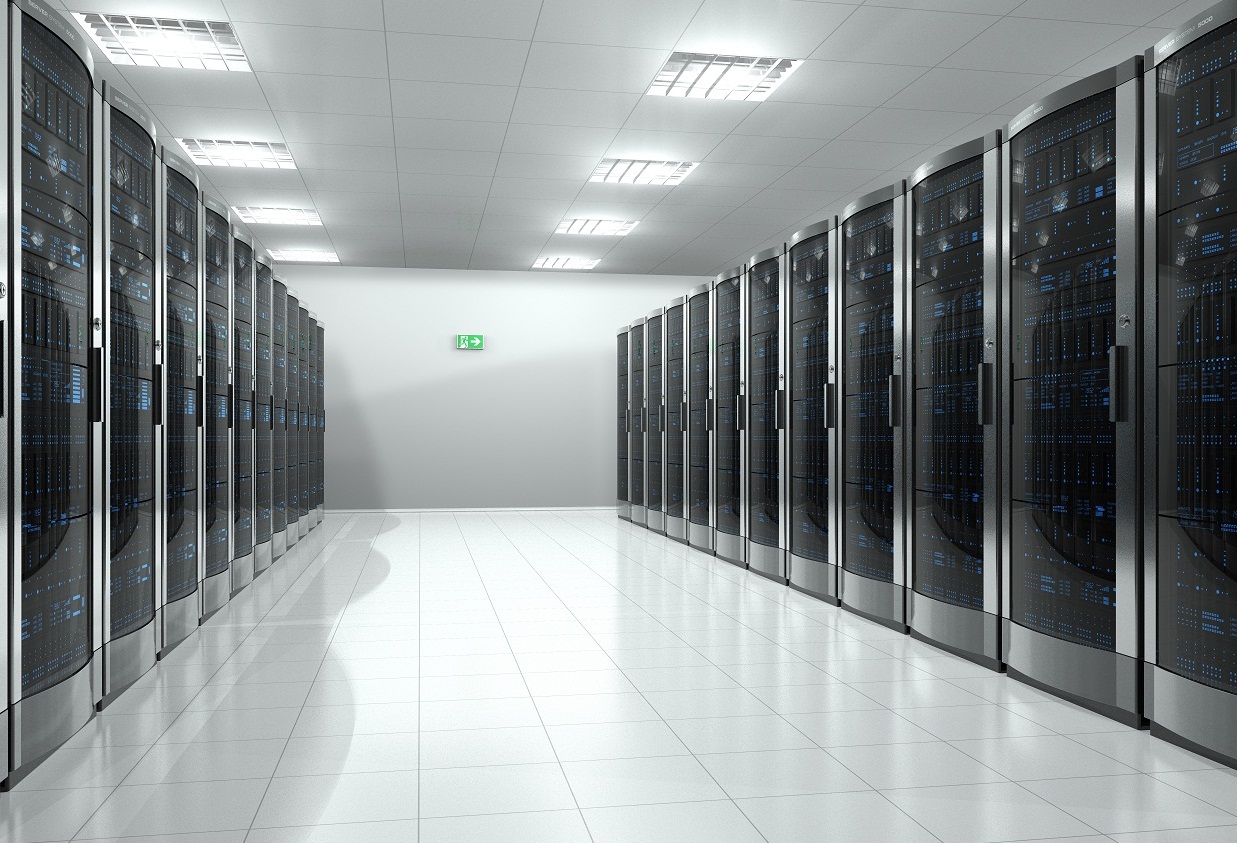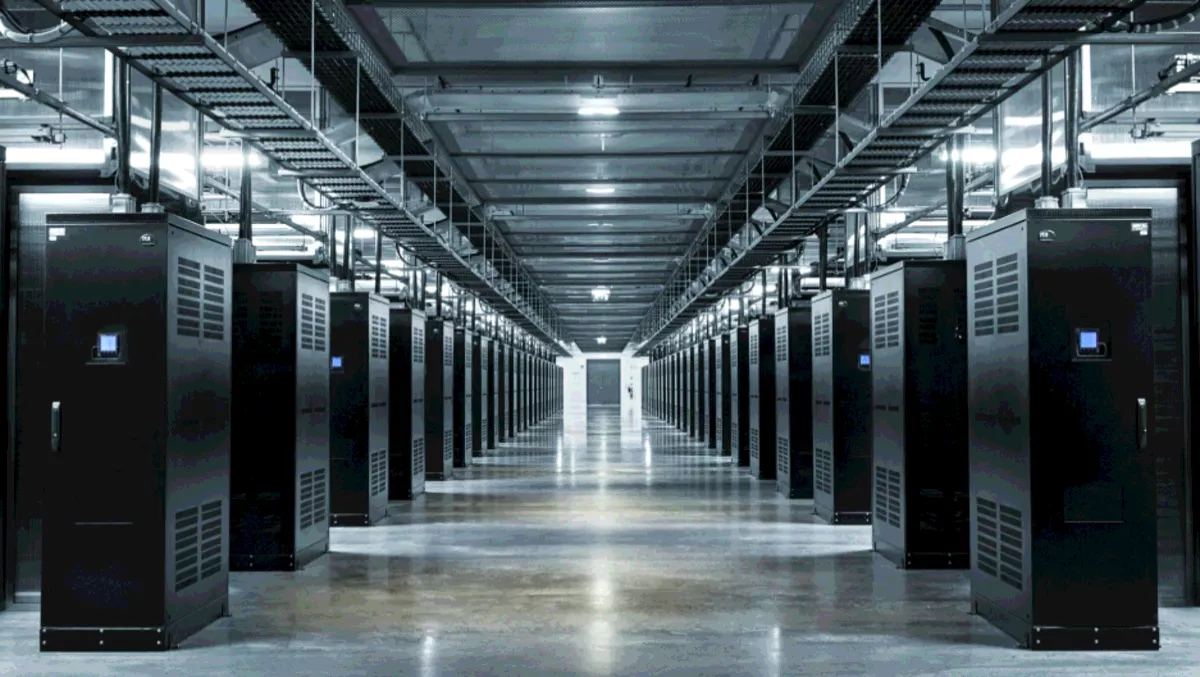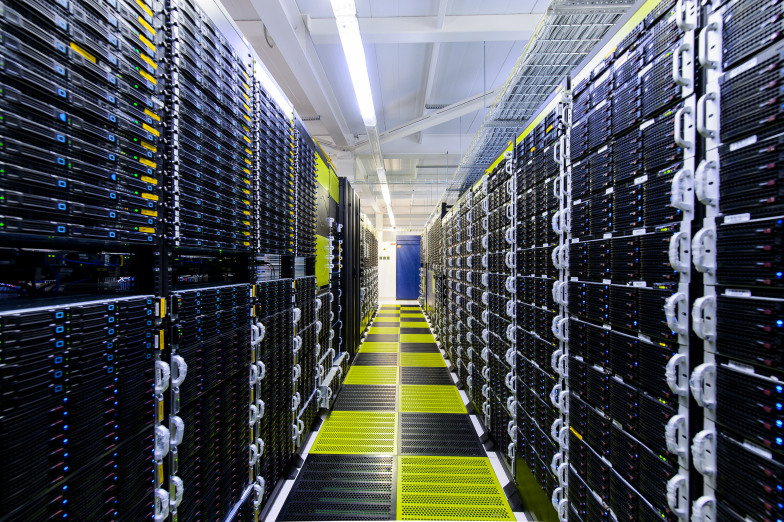Data Centers Begin the Move to the Edge
The data centers of tomorrow will look significantly different from those we use today. First and foremost, there will be a proliferation in the types of data centers enterprises utilize.
Traditional public cloud data centers operated by the likes of Amazon, Google, and Microsoft will expand to hyperscale data centers that will concentrate on processing only the most essential tasks and longer-term data storage.
By contrast, most of the data centers of tomorrow will be much more compact and often located close to enterprises or even on-site. These are known as edge data centers. This proliferation forms part of the fundamental shift in IT toward edge computing.

“Edge” refers to the increasing need to relocate data center hardware and resources geographically closer to where they are needed. As the world moves toward ubiquitous IoT and 5G adoption, there will be an ever-increasing strain on the bandwidth and latency required for even some of the most basic functionality.
With so many enterprises (such as retail stores) physically unable to move closer to data centers, data centers will have no option but to move closer to them.
These compact (often on-site or near-site) data centers will deliver the resources to process vital information in real-time and help businesses run smoothly. At the same time, mission-critical tasks will be passed over to hyperscale data centers higher up the network infrastructure chain.
Major Infrastructure as a Service (IaaS) providers such as AWS are already working hard to develop their edge infrastructure, allowing them to deliver seamless cloud services to multi-site companies.
Automation and Robotics to Take Over Data Center Management
Another trend accelerated by the pandemic is the introduction of automation and robots within the data center setting. Human involvement within data centers will be reduced to disaster-proof their operations, reduce costs, and fill the gap for finding qualified employees in areas where this may be difficult.
Most sites will be monitored remotely with robots used to carry out rack rollouts or swaps. Robotics will prove vital in security, too, given the threat posed by terrorists or activists that understand the pervasive role data centers play in everyday economic activity. Security patrol robots for data centers are already in production and will likely be a common sight within five years.
Data Centers Will be More Environmentally Friendly
As the recent outrage at the environmental cost of Bitcoin mining has proved, data centers will soon come under scrutiny, given their colossal drain on water and energy resources. Over the next couple of years, data center providers will incorporate more renewable energy sources (such as solar) while looking at ways to reduce water usage and capturing the heat to use as energy.
One trend already gaining momentum in Europe and slowly being introduced in the US is recycling data center heat into hot water and heating for homes and buildings via district heating or water-source/air-source heat pumps. For example, providers are deploying servers near commercial greenhouses, so both parties benefit from reduced heating/cooling costs and improved sustainability.
In other words, the next-generation data center will be self-sufficient on solar power while reducing its need to cool servers through heat extraction techniques that will be used to directly heat homes and other nearby businesses, completing a virtuous cycle.
Structured Fiber Cabling Will See the End of “Spaghetti” Data Centers
When imagining a data center, it’s hard not to see row upon row of servers stacked on top of each other with a spaghetti bowl of cables trailing up and down the stack. But the truth is that there is no longer a need to connect data center servers in this way.
 Next-generation data centers will absorb the higher upfront installation cost in exchange for futureproofing their cabling (which can be easily scaled and upgraded as new tech becomes available), improved cooling and airflow, reduced power and maintenance costs, and finally, fewer resources dedicated to locating and rectifying issues with point-to-point cabling.
Next-generation data centers will absorb the higher upfront installation cost in exchange for futureproofing their cabling (which can be easily scaled and upgraded as new tech becomes available), improved cooling and airflow, reduced power and maintenance costs, and finally, fewer resources dedicated to locating and rectifying issues with point-to-point cabling.
Consequently, the global data-center structured cabling market will grow to $29.34 billion by 2028 and is expected to grow at an annual compound rate of 9.7% over the next five years.
How Will Data Center Capabilities Change?
As data centers proliferate into hyperscale enterprise locations and smaller, compact edge-based sites, their respective capabilities will undoubtedly change. Perhaps one of the most exciting advances will come in the form of Data Centers as a Service (DCaaS).

These Software-Defined Data Centers (SDDCs) will deliver all the services of physical hardware but in a virtualized environment. This may be very attractive to companies that can’t physically scale their data center requirements to meet demand quickly enough or those with considerable fluctuations in data center requirements (such as seasonal businesses).
Furthermore, all measurable attributes will far exceed today’s benchmarks in all types of data centers. With the introduction of structured fiber optic cabling, and with server CPU innovation at an all-time high, metrics across the board will improve. Built-in redundancy measures will eliminate downtime, edge data centers will deliver considerable improvements in latency and bandwidth, and speed and security will increase across the board.
Efficiency will improve for both providers and end users. With the rollout of edge deployment, tasks will be delegated to the best-positioned data center, with many being provider-agnostic. Enterprises may well have three or more data centers in their public or wholly owned cloud infrastructure – an on-site or near-site edge data center, a local area data center, and then a regional or national hyperscale data center. These physical sites will all come together to offer a seamless cloud infrastructure that benefits companies of all sizes.
What Does This Mean for the End User?
First and foremost, it means increased connectivity, speed, reliability, and security for both companies and individuals. Additionally, next-generation data centers can help reduce costs when you have fewer people, lower heating/cooling costs, and sell excess energy with more expandable cabling that can be used for more extended periods. However, the changes are more far-reaching. Next-generation edge-based data centers will finally usher in the age of widespread IoT and 5G adoption.
 From smart home–based assistants to manufacturing sensors, most of the technology we use every day will rely on a nearby data center (and its supporting data center network) in the near future. Large organizations such as hospitals will be able to leverage cloud-based computing resources that they could never accommodate on-site, while smaller businesses can benefit from dramatic speed increases to uncover real-time insights delivered via AI and machine learning algorithms.
From smart home–based assistants to manufacturing sensors, most of the technology we use every day will rely on a nearby data center (and its supporting data center network) in the near future. Large organizations such as hospitals will be able to leverage cloud-based computing resources that they could never accommodate on-site, while smaller businesses can benefit from dramatic speed increases to uncover real-time insights delivered via AI and machine learning algorithms.
In other words, it’s the data centers that will underpin society’s progress through Industry 4.0. Almost all technological advances will rely on at least hybrid cloud connectivity, and the proliferation of data centers will help ensure that we can maintain the current pace of change.
Speak to Our Structured Cabling Experts Today About Your Requirements
At CIGS Cabling Services, we design and install dynamic, cost-effective network communication systems utilizing the latest advances in structured cabling, including fiber optic solutions.
Whether you are an enterprise looking to build an edge-based data center or you require improved on-site computing resources, we can help. We can create turnkey environments, including design, elevation, and rack design. Our expertise also includes in-building 5G connectivity and delivering fiber optic solutions to industrial environments.
So, no matter how you plan to leverage data centers and other cloud-based infrastructure, speak to a member of our expert team about your networking requirements today.













